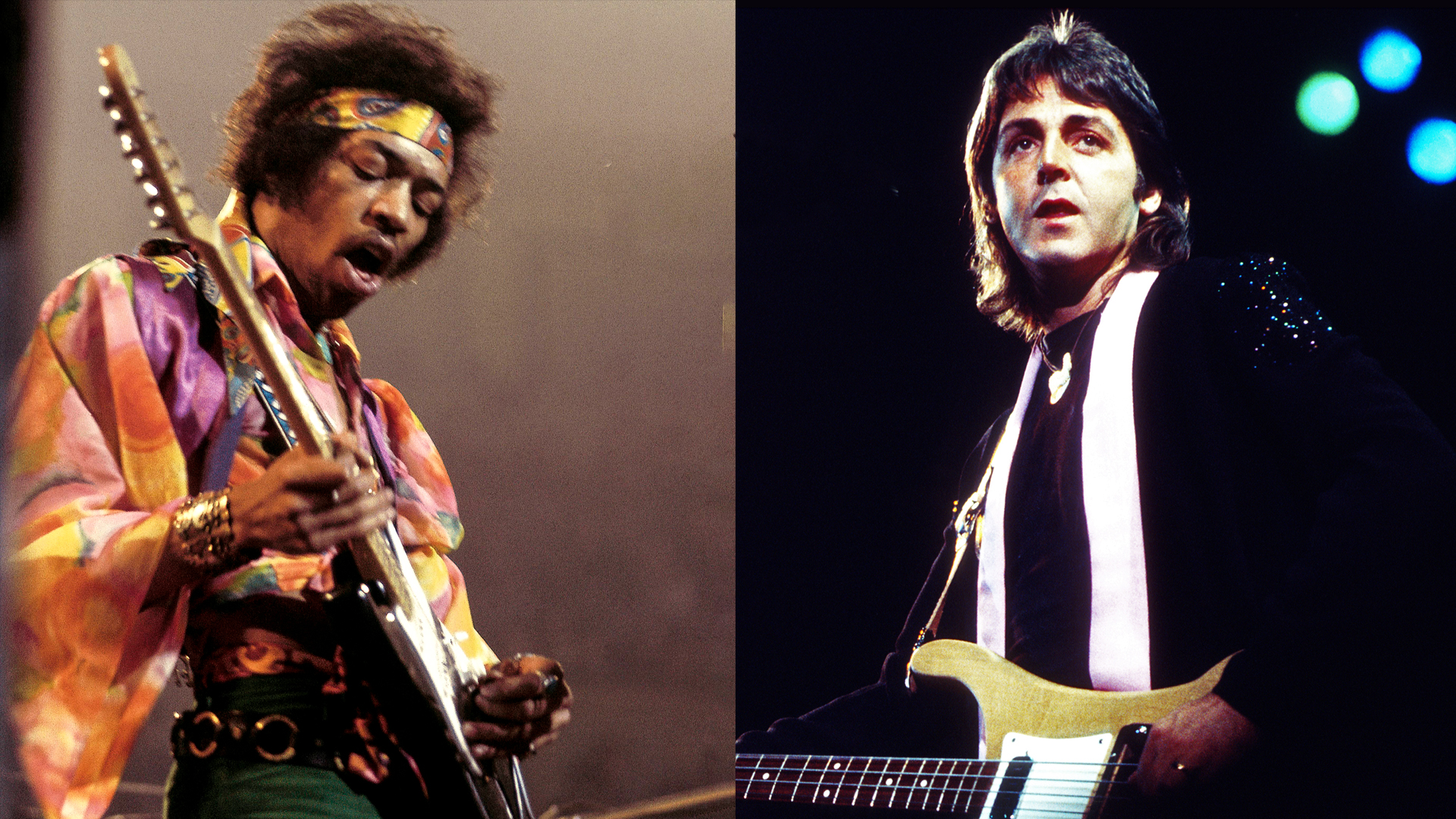True Bypass: Friend or Foe?
People who know just enough to be dangerous sometimes consider true bypass a sham.
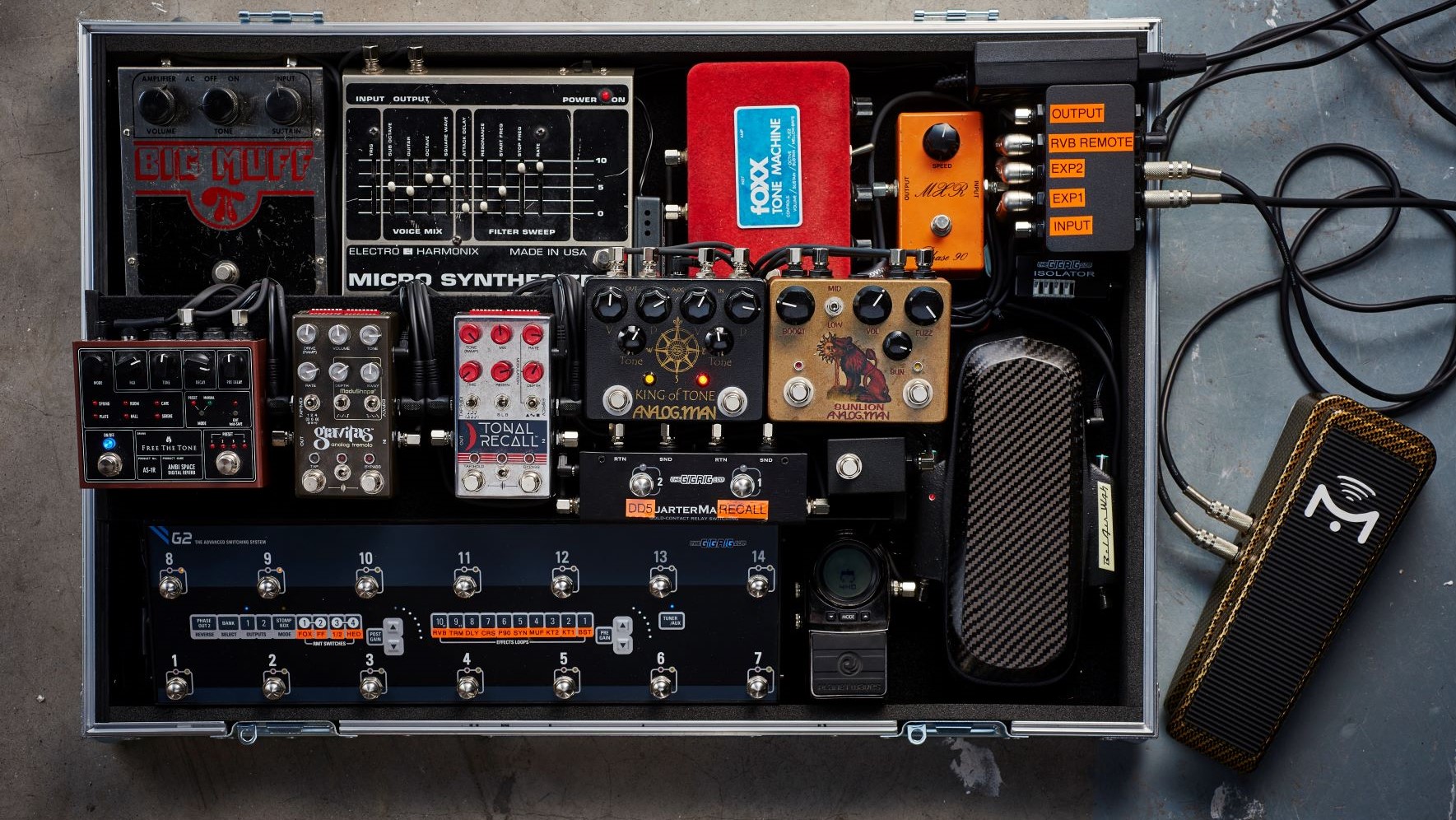
In his article “The Case Against True Bypass,” pedalboard designer Pete Cornish accurately states that “‘The "true bypass" function... can create dreadful problems with a system that uses many pedals,” primarily because of interactions between pedals and long cable runs.
An important takeaway from this piece is that adding a buffer between the guitar and effects chain can eliminate the need for true bypass.
And while this is true, there are still some situations where true bypass is preferable.
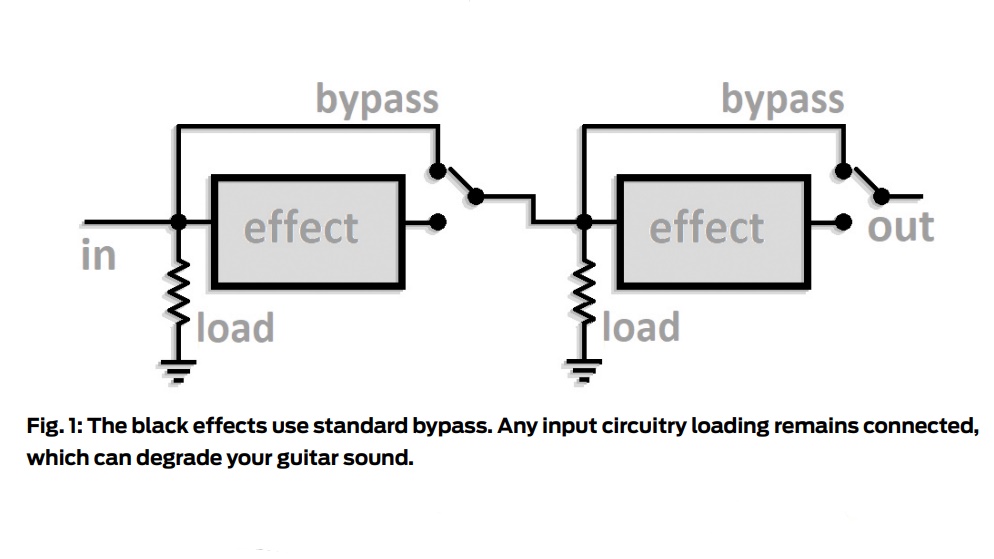
Standard bypassing (Fig. 1) switches the output jack from the effect circuitry’s output to the effect circuitry’s input (which also connects to the input jack). As a result, the input circuitry always loads down your electric guitar, even when bypassed. If this effect feeds another effect without true bypass, it will add more loading.
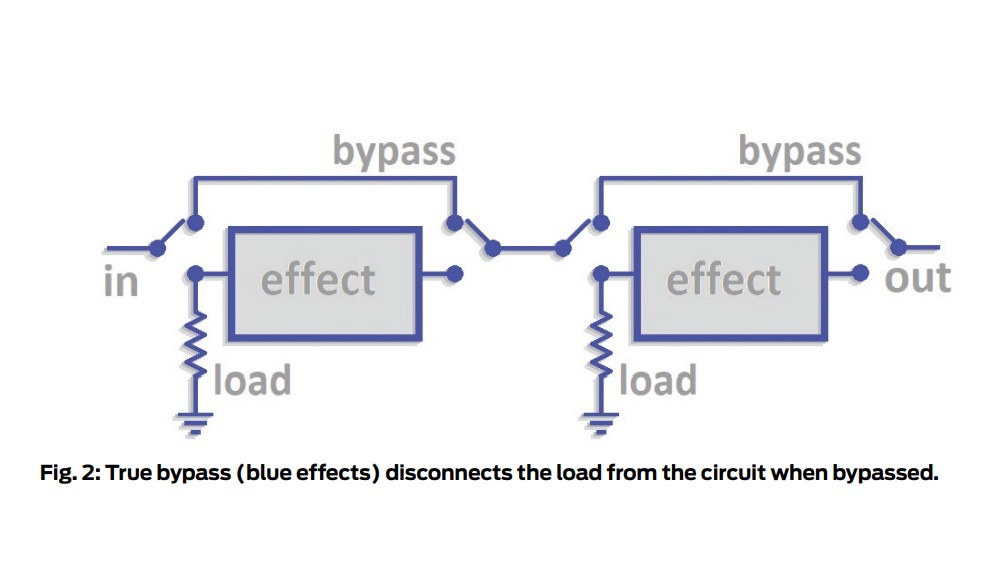
True bypassing (Fig. 2) routes the output jack directly to the input jack, which bypasses the effect’s circuitry. The type of bypassing matters, as guitars with passive pickups deliver the most output and high-frequency response when feeding a high-impedance (e.g., 200,000 to 1,000,000 ohms) amp, buffer or effect input.
You don’t need to know ohms or theory. Just remember that higher input impedances load your guitar less. For example, an input impedance of 10,000 ohms – which can happen if there’s a lot of loading – will diminish output level and brightness considerably.
Whether you hear a difference with true bypass depends on several factors. If the first effect in your chain has a high-impedance input and low-impedance output (the latter is almost a given), your guitar won’t be subject to degradation from either the cumulative loading of subsequent effects with low-input impedance or cable capacitance.
All the latest guitar news, interviews, lessons, reviews, deals and more, direct to your inbox!
However, if the first effect with high-input impedance has true bypass, when it’s bypassed your guitar is at the mercy of subsequent effects/cables that could load down your guitar.
Another consideration: If there’s no buffer and the first effect has a comparatively low input impedance (e.g., some wahs), you want true bypass so that when the effect is bypassed, its loading is out of the effects chain.
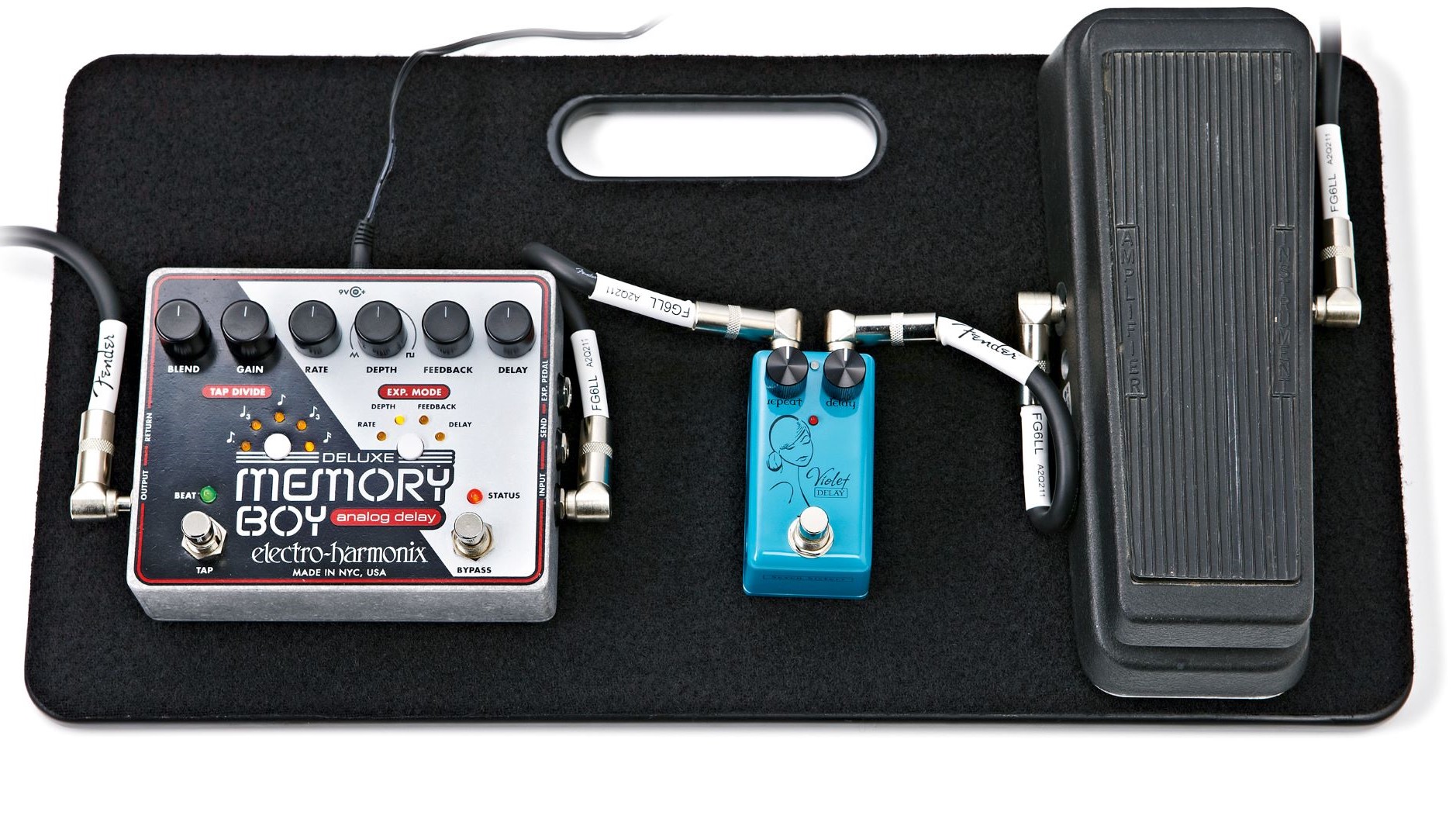
Cornish’s main issue is that if everything is bypassed with true bypassing, your guitar sound will be degraded by the accumulated capacitance of all your cables onstage. This won’t happen if a pedal is active, because its low impedance won’t be as affected by the cables – but your tone may change unpredictably as you enable and bypass effects.
However, assuming your effects have reasonably high-impedance inputs, there are two scenarios where having true bypassing on everything isn’t a problem and can improve tone: home studios, where short cable runs into high-impedance interface inputs are common, and onstage, with wireless pedalboard-to-amp connections that eliminate long cable runs altogether.
So true bypass can improve your tone, degrade it or make no difference – it all depends on the rest of your effects, their placement in the chain, cable lengths and whether you use wireless.
But if your guitar always feeds a high-impedance device that transforms the signal into a low-output impedance (via a buffer, effect or wireless receiver) before your effects chain, then true bypass, or the lack thereof, will likely have little effect on your tone.
